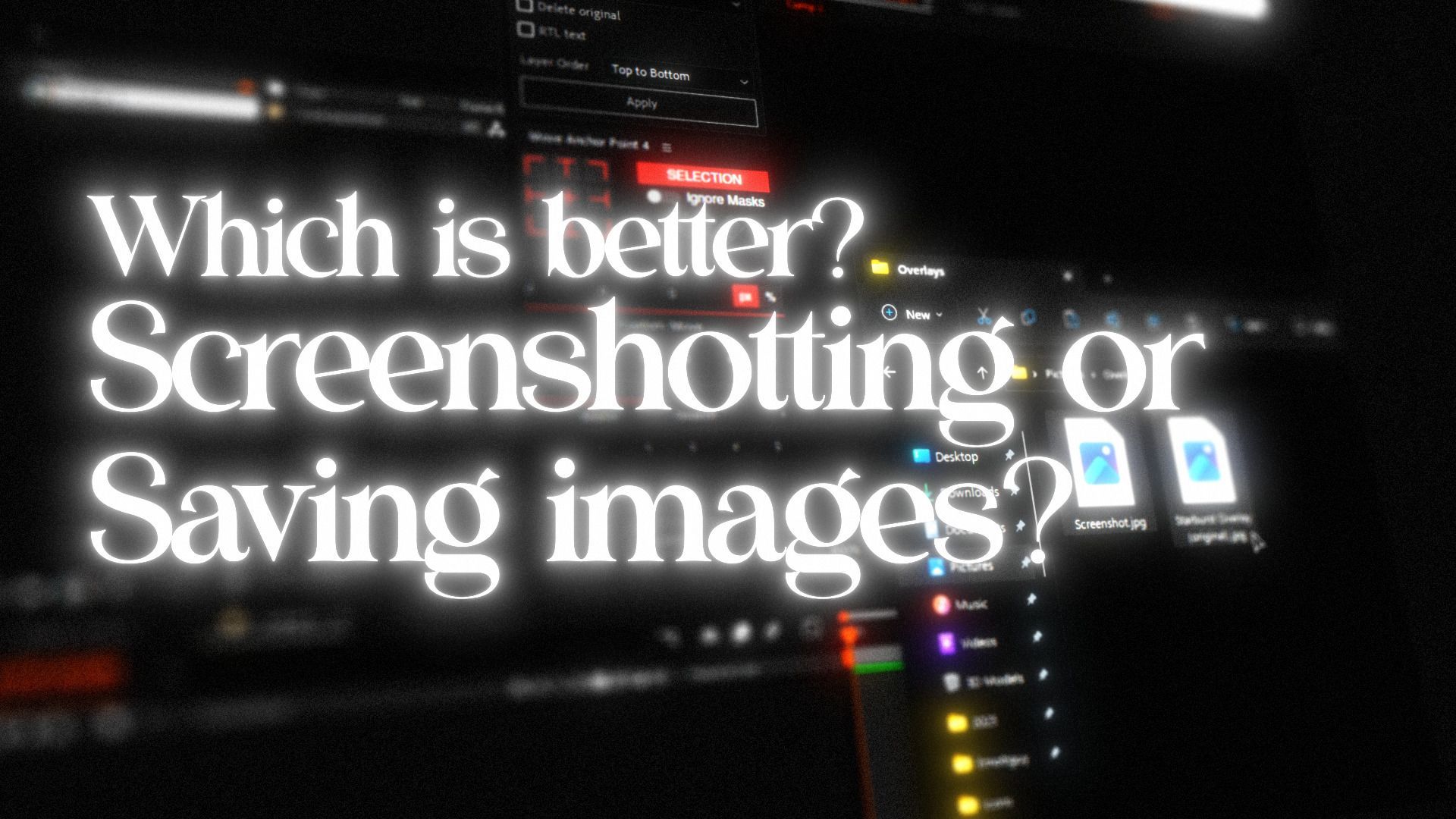When it comes to overlay packs in edits, the choice between saving and screenshotting can significantly affect the quality of your work. However, sometimes convenience must take precedence over minor quality issues and artifacting. So, what’s the best option?
Pros and Cons of Screenshotting
Screenshotting provides a quick and convenient way to capture an overlay pack for future use. However, it also comes with downsides. When you take a screenshot, the image is compressed not only by the cloud service you use but also by your phone during the screenshot process. This compression results in a loss of image quality and detail, causing the overlay pack to appear less sharp and vibrant than intended. It could also lead to cropping issues and color changes, potentially creating problems when using it as a blend style. If you’re aiming for professional-looking edits, relying solely on screenshots may not yield the desired outcome.
Pros and Cons of Saving
On the other hand, saving the overlay pack enables you to preserve the original, lossless file in its full quality. By saving the file directly, you sidestep the extra compression that occurs during the screenshot process. This ensures that the overlay pack appears exactly as intended, free from scaling issues or cropping errors. Every detail and color nuance of the overlay pack is maintained, resulting in an overlay that looks as designed, without any associated issues. However, saving can present challenges for mobile users due to a lack of support for certain file formats and difficulties importing files in some apps, leading to compatibility issues. This could render some packs completely unusable without resorting to screenshotting.
So, what should I choose?
For mobile editors, screenshotting appears to be the easiest option, taking only a few seconds and enjoying native support in all apps. However, if you’re using an app that allows imports from miscellaneous sources (like your files), saving is the optimal choice, only to be disregarded if the format is not supported by your application.
For PC editors, saving is the best course of action as creating precise screenshots can be challenging without third-party tools like ShareX. Saving also makes sense if you plan to store overlays for future use, as it’s straightforward to store your overlays/packs in compressed .zip archives. This allows for space-saving while keeping all the image/video files in one organized location, which can also be shared with others. This ensures you won’t lose any files for future reference or encounter missing file issues in your project, which can happen if you screenshot and then delete the image to conserve space.
